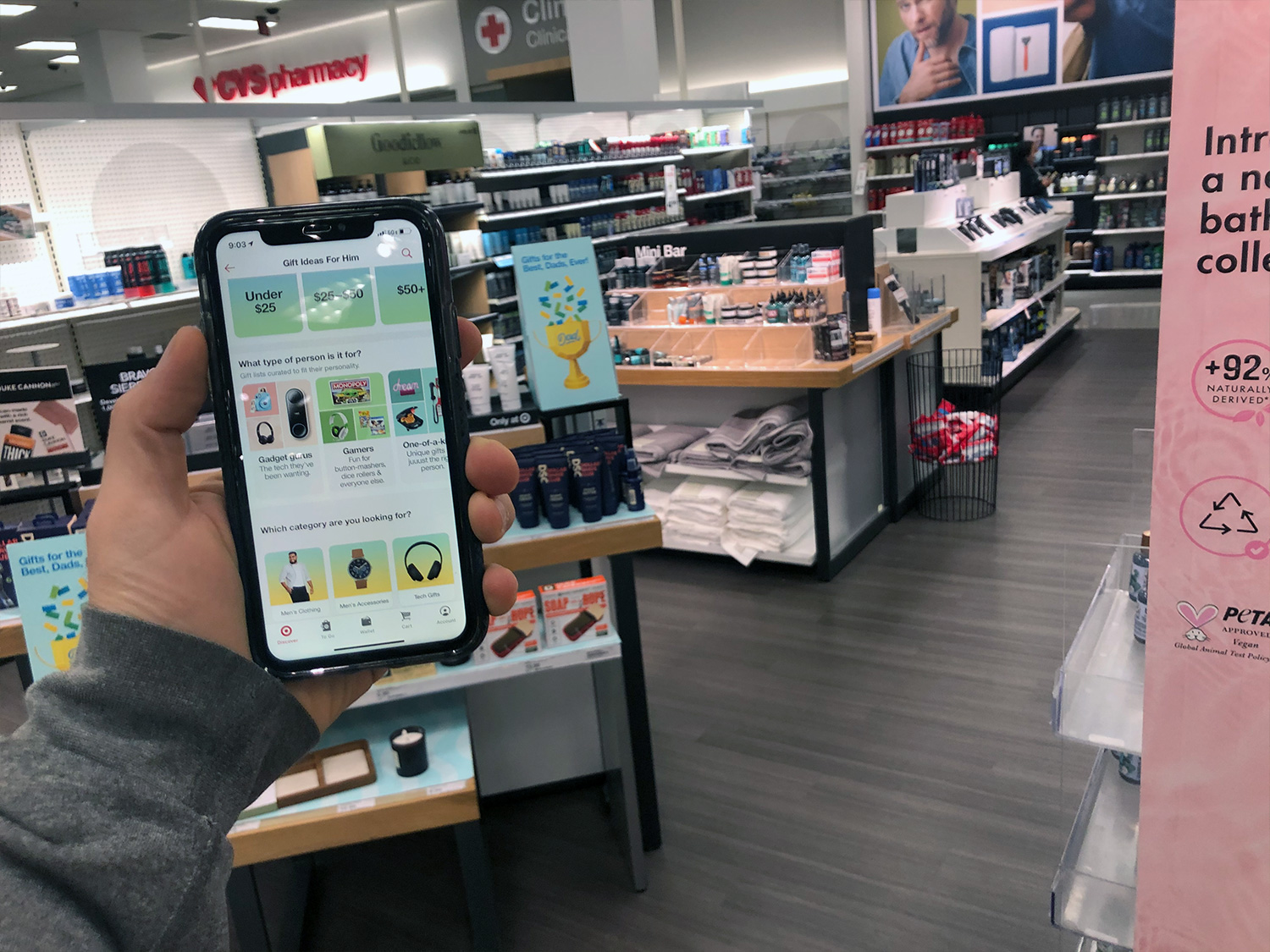
Using tech to eliminate friction
June 21, 2021
As experiential marketers, EWI follows retail trends closely, as they unquestionably color the canvas upon which we work. This blog is the third in a series examining the changes we see shaping the future of post-COVID retail. And today, we’ll take a look at the growing importance of technology surrounding the retail experience.
As COVID case rates drop and vaccine rollouts pick up steam, some of the changes to retail ushered in by COVID — such as extreme vigilance about hand cleanliness — will eventually begin to fade. But some changes are here to stay. Months of effortless one-touch shopping have conditioned customers to expect frictionless experiences at every turn. Make no mistake: these expectations will not go away just because physical retail is opening back up.
Channel fluidity is essential to brand health
As we’ve previously discussed, omnichannel retail strategies are more important to retailers than ever. COVID-era research has shown that brick and mortar stores are still absolutely essential for brand success. In the minds of customers, distinctions between “physical” and “digital” retail channels are (at best) fuzzy. They move from one to another quickly and fluidly and expect seamless, integrated experiences at every turn.
Retailers should realize that channel fluidity (which would have been completely unimaginable until just a few years ago) is enabled by tech. A seamless shopping experience, where customers can move back and forth between physical and digital, depends on an integrated approach, where brand touchpoints reinforce each other and tell a cohesive story. Retailers who have not yet built technology into their retail strategy should get started now. And those who already have done so should dig deeper, to understand the full potential of what’s available to them.
Tech continues to improve the in-store experience
The typical in-store experience is replete with opportunities for improvement. (When was the last time you thought to yourself, “Oh boy! I sure do love waiting in line.”?) Several years ago, forward-thinking brands like Home Depot began to roll out new technologies to improve the customers’ in-store experience. Self checkout stations and mobile checkouts are now commonplace in major retailers and grocers throughout the US.
And now new technologies are taking it a step farther. Smart shopping carts (equipped with screens, scanners, weight sensors, and cameras) let customers scan items as they shop, getting rid of the notion that they are expected to touch items multiple times during a shopping process. And Amazon has carried this thread to its logical end, pioneering a “just walk out” shopping experience that eliminates the need to “scan” or “checkout” entirely.
Augmented reality has finally really arrived
Technophiles have been touting Augmented Reality (AR) for years. But it seems like it’s starting to finally catch on, as brands such as Ulta and Home Depot are utilizing AR at scale to help drive conversion and grow their bottom lines. As a nod to this trend, Deloitte (global consulting firm) recently wrote about a future in which AR supplants in-person shopping.
Now, consultancies have been predicting the demise of brick and mortar for years. Steve Jobs reportedly once hired McKinsey & Company to tell him retail stores were a terrible idea — just so he could prove them completely wrong. (And we all know how that one played out.) So we’re suspicious of anyone that predicts widespread disruption of retail and uses the words “… all from the comfort of their own homes.”
So while AR likely won’t ever replace physical retail, we’re already seeing how it can be used as a solution that (together with an omnichannel strategy) removes customer friction points and provides a better brand experience. For example, AR is being used to let customers visualize furniture inside of their homes, virtually “try on” shoes and clothing, and show how different shades of makeup will look on their skin. A seamless connected experience would then give the customer a choice of purchase options, recommend additional products for their consideration, or direct them to the correct aisle of a nearby store for pickup. (Especially for in-store purchases, technology presents a tremendous opportunity to suggest “add on” products while the customer is in the store.)
Technology must address real needs
At EWI, we are big fans of technology-based retail experiences — but with an important caveat. Appropriate technology-based shopping experiences must meet real (not imagined) customer needs, expectations and friction points. (A few of the technological experiences discussed above have been around for years — but they didn’t gain mass acceptance until COVID turned the idea of a “safe” shopping experience upside down.) Brands that employ technology for technology’s sake do so at their own peril. But brands that embed technology into their brand experience in a way that meets real customer needs and expectations are the ones who will come out on top.
